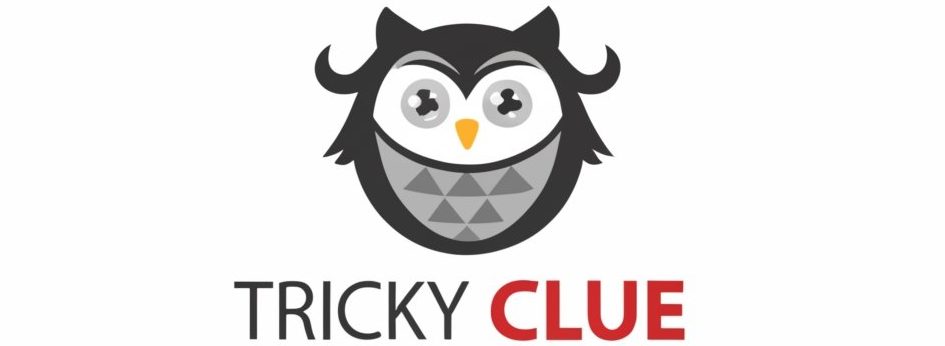QR codes are ubiquitous. They are everywhere we look, from product packaging to restaurant menus to even our own clothes. But what are they, and how do they work?
QR codes, or Quick Response codes, are two-dimensional barcodes that can be scanned by smartphones. They were first developed in Japan in the 1990s, and they have since become a global standard. QR codes can store a lot of data, including URLs, text, and even phone numbers.
How do QR codes work?
QR codes are made up of black and white squares that are arranged in a grid pattern. The squares themselves do not contain any information. Instead, the information is encoded in the pattern of the squares.
When a QR code is scanned by a smartphone, the app decodes the pattern of the squares and extracts the information. This information can then be used to open a website, launch an app, or even call a phone number.
How are QR codes used?
QR codes are used for a variety of purposes, including:
- Marketing: QR codes can be used to track marketing campaigns and measure their effectiveness.
- Product information: QR codes can be used to provide consumers with more information about a product, such as its ingredients or instructions.
- Check-in: QR codes can be used to allow people to check in to events or locations.
- Payments: QR codes can be used to make payments.
- Ticketing: QR codes can be used to issue tickets for events.
- Social media: QR codes can be used to connect people to social media pages.
Benefits of using QR codes:
There are many benefits to using QR codes, including:
- They are quick and easy to use.
- They can store a lot of information.
- They are versatile and can be used for a variety of purposes.
- They are relatively inexpensive to create.
Examples of QR code use cases:
Here are some examples of how QR codes are being used today:
- A restaurant uses QR codes to allow customers to view the menu and order food from their smartphones.
- A museum uses QR codes to provide visitors with more information about the exhibits.
- A grocery store uses QR codes to allow customers to check out using their smartphones.
- A city uses QR codes to provide tourists with information about local attractions.
- A school uses QR codes to allow students to access homework assignments and other resources.
The future of QR codes:
QR codes are a powerful tool that can be used for a variety of purposes. As technology continues to evolve, we can expect to see QR codes being used in even more innovative ways.
Conclusion:
QR codes are an unsung hero of the digital age. They are a versatile and easy-to-use technology that can be used for a variety of purposes. As QR codes continue to evolve, we can expect to see them play an even greater role in our lives.
